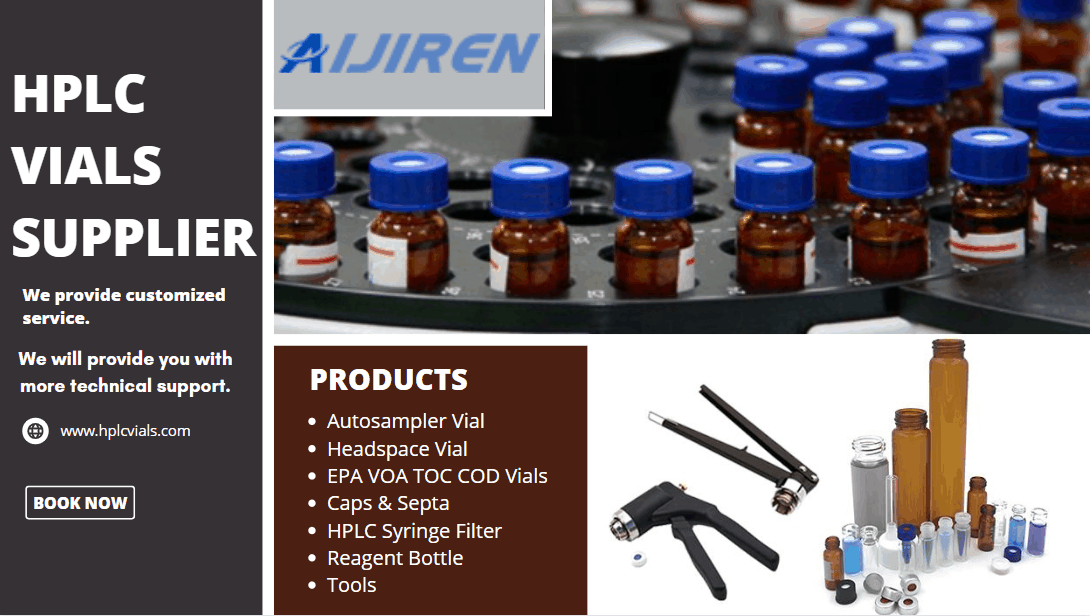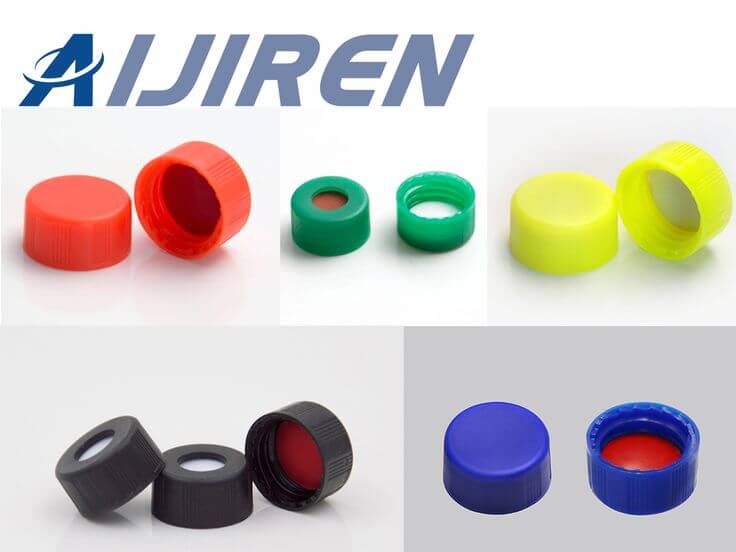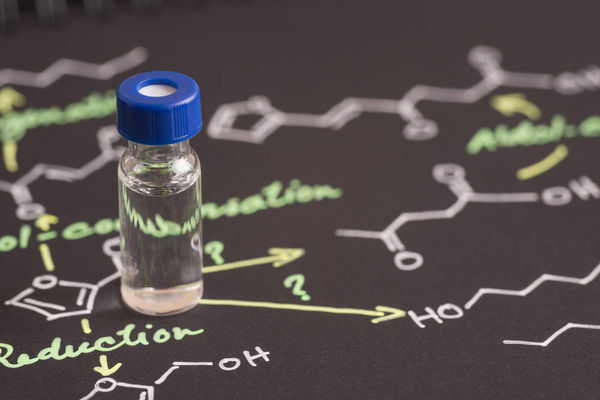Are Chromatography Vials Reusable?
With the increasing emphasis on food quality and safety from all walks of life in society, chromatographic analysis technology is increasingly used in various fields, especially in drug detection, chromatographic analysis technology has been widely used. In our country, many drug samples need to be analyzed by LC and GC every year. Due to the large number of samples, many HPLC vials need to be cleaned during the detection process, which not only wastes time and reduces work efficiency, but also sometimes causes deviations in test results due to unqualified cleanliness of the cleaned sample vials.

Chemists and researchers wondered if they could reuse chromatography vials and caps. If you reuse the vial, the earlier chemicals (attached to the wall surface) may interfere with your research. In impurity testing, reusing vials can become an issue for impurity calculations. If there is a risk of contamination, you run the risk of getting extra peaks.
A very effective approach is to consider the use of vial inserts, which have the benefit of requiring less sample, generating less waste when discarded, and the added benefit of not having to deal with large volumes of vial-cleaning solvents. There’s also the benefit of not needing to dispose of a large amount of vial-cleaning solvent. If the vials you are using have screw caps (commonly used for HPLC), make sure you don’t reuse the caps and it is best to buy new caps and septa on a continuous basis. Aijiren’s caps and septa are of high quality, if you need them, please contact us in time!

Most likely, standard laboratory processes demand that vials and closures are consumable products. Therefore, it would be best to dispose of the vials after each use, especially when employing glass autosampler vials. Of course, you can also choose to clean the autosampler vials, but this is not an easy task. Cleanliness throughout the workflow becomes even more important to reduce the possibility of interference and contamination, which can ultimately reduce assay sensitivity. In the article Efficient! 5 methods for cleaning chromatography sample vials, you can see several effective methods for cleaning chromatography sample vials.
Chromatography vials are made of glass, rarely plastic. Disposable sampling bottles have high costs, large waste, and serious environmental pollution. Most labs reuse bottles after washing. Therefore, the cleaned vials are then used in the laboratory to save money on consumables. Contamination of vials by washing is unavoidable. This contamination is unexpected and can produce interfering peaks in LC and GC chromatography applications. Unpredictable contamination is a common cause of unexplained assay failures, necessitating reanalysis of the entire sample run. In general, yes, you can use them. However, you have to consider many aspects. For example, you need to know how to clean them properly.
Back to List



